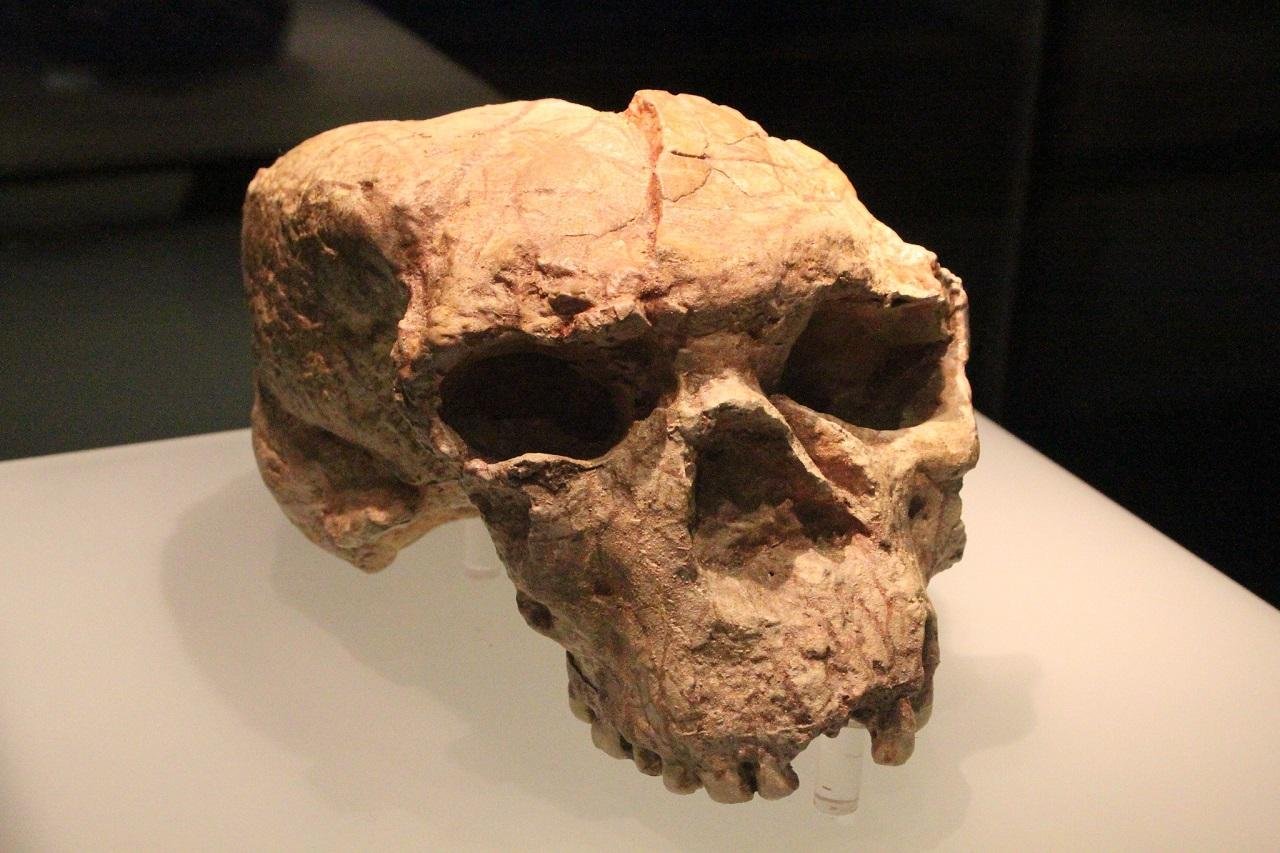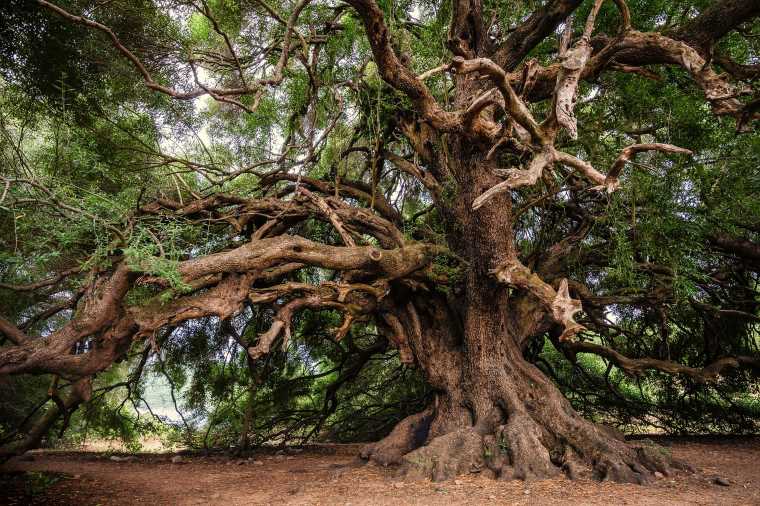1 million-year-old Yunxian skull redefines human evolution and Denisovan origin | Archaeology News Online Magazine
Digital reconstruction of the Yunxian 2 skull reshapes human evolution timelines in Asia and Denisovan origins.| Archaeology News Online Magazine





